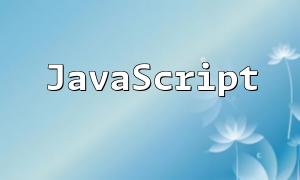In modern web development, JavaScript and PHP are widely used programming languages, responsible for front-end interaction and back-end data processing respectively. To create dynamic web pages, the front end often needs to send data to the server, where PHP receives and parses it. This article introduces efficient methods for this data transfer.
AJAX technology allows sending JavaScript data to a PHP server script without reloading the page. The following example demonstrates how to send JSON-formatted data and parse it:
// JavaScript code:
var data = {name: "John", age: 30};
var xhr = new XMLHttpRequest();
xhr.open("POST", "process.php", true);
xhr.setRequestHeader("Content-Type", "application/json");
xhr.onreadystatechange = function () {
if (xhr.readyState === 4 && xhr.status === 200) {
console.log(xhr.responseText);
}
};
xhr.send(JSON.stringify(data));
// PHP code (process.php):
$data = json_decode(file_get_contents("php://input"), true);
if ($data) {
echo "Name: " . $data['name'] . ", Age: " . $data['age'];
}In this code, JavaScript sends data as JSON to the server, and PHP uses json_decode to parse the input stream and retrieve the data.
Another common method to transfer data is through HTML form submission. After the form is submitted, PHP can retrieve and process the data using the superglobal $_POST. Example code is as follows:
// HTML form example:
// User input part omitted
// PHP code (process.php):
if ($_SERVER["REQUEST_METHOD"] == "POST") {
$username = $_POST['username'];
echo "Hello, " . htmlspecialchars($username);
}After the user submits data through the form, PHP gets the input via $_POST and uses htmlspecialchars to prevent potential security issues.
Whether via AJAX or form submission, transferring data between JavaScript and PHP is straightforward. Mastering these methods enables seamless communication between front-end and back-end, enhancing web page interactivity and user experience.









